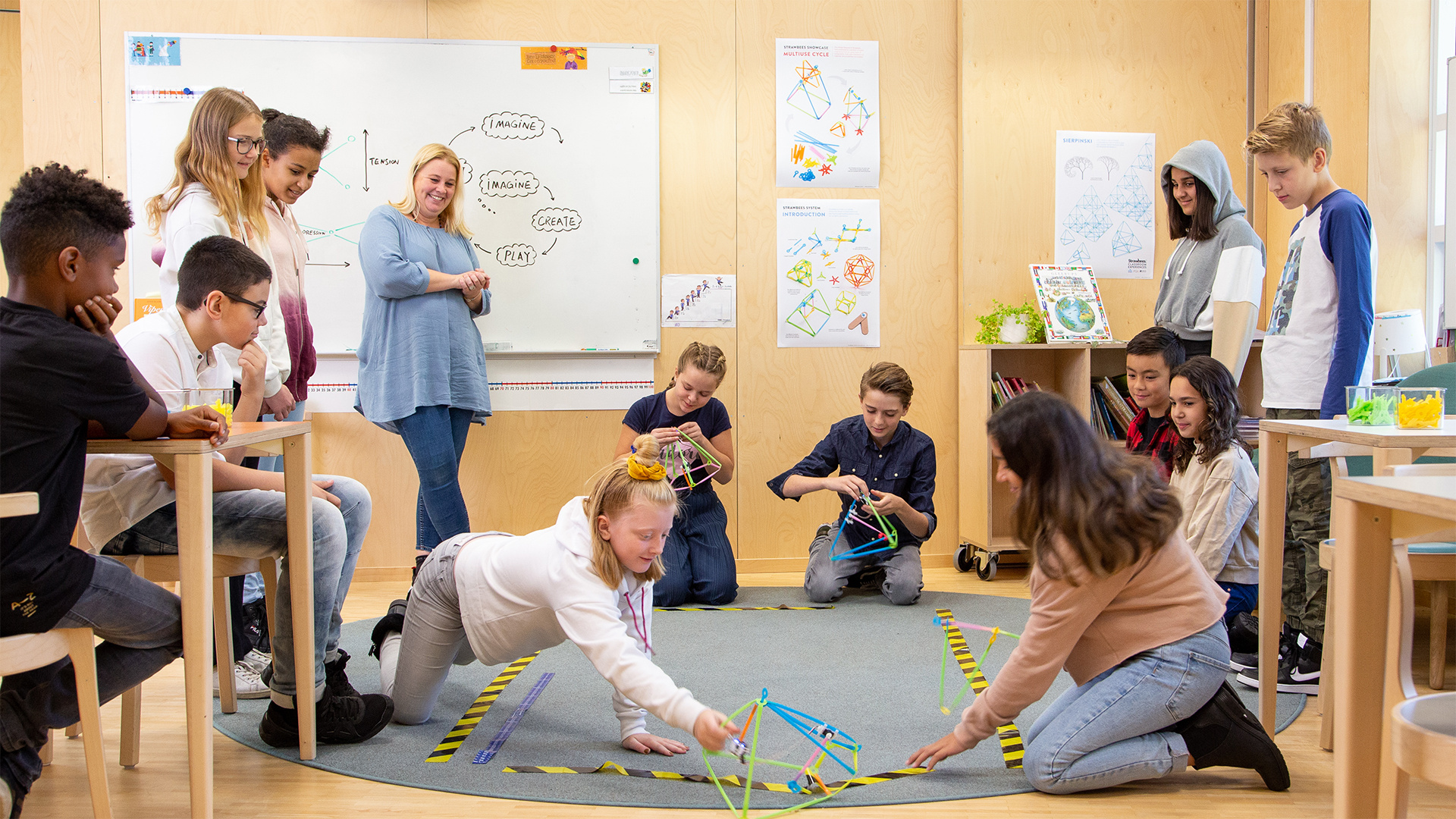21st Century Skills in STEM & STEAM Education: The Power of Communication and Collaboration
Communication has been and always will be the cornerstone of effective learning and collaboration, particularly in the context of STEM/STEAM education. For learners to thrive, they must possess the ability to articulate ideas clearly, listen actively, and engage in productive dialogues within a collaborative setting that leads to deeper understanding and innovation.
The Importance of Communication in STEM/STEAM
Communication is more than just exchanging information. It involves the ability to connect ideas, collaborate with peers, and share innovative solutions. In the STEM/STEAM classroom, learners are not only required to understand scientific and technical concepts but also to express those ideas in ways that others can understand. Effective communication is integral to teamwork, enabling learners to work on projects together, troubleshoot challenges, and build on each other’s ideas. True innovation lies within these abilities.
STEM/STEAM environments thrive on interdisciplinary thinking, where communication becomes a tool for bringing together diverse perspectives. Whether discussing engineering concepts, explaining art-driven innovations, or writing code, learners must be able to convey their thoughts clearly. Communication bridges the gap between technical knowledge and real-world application, allowing ideas to flow freely between learners, teachers, and even technology.
Building Collaboration through Communication
At its core, communication in the 21st century is about collaboration. When learners work together on STEM/STEAM projects, they must articulate their thoughts clearly and listen to the contributions of others. This back-and-forth exchange of ideas enables more complex problem-solving and deeper learning experiences. The ability to work effectively in teams—whether face-to-face or remotely—is a critical skill in both education and the future workforce.
By integrating tools like Strawbees into classroom settings, learners can practice communication in hands-on, engaging ways. Strawbees' modular design allows groups of learners to build, test, and redesign projects together, encouraging learners to verbalize their thought processes.
This continuous communication cultivates a sense of shared responsibility and enhances the creative process, as learners must articulate their reasoning when making changes or proposing new ideas.
The Role of Empathy and Emotional Intelligence
Communication isn’t just about the transmission of information; it also involves emotional intelligence and empathy. In STEM/STEAM settings, learners often engage in collaborative tasks where understanding the perspectives of their peers is crucial. Being able to recognize and respond to the emotions of others in a team setting can help maintain a positive learning environment and ensure everyone feels heard and valued.
Empathy allows learners to better navigate the social dynamics of group work, whether it’s providing constructive feedback or resolving conflicts. Emotional intelligence also plays a role in how learners present their ideas—ensuring that they do so in a way that resonates with others and encourages participation. Strawbees activities, with their open-ended nature, provide an ideal opportunity for learners to practice these skills by working in groups, discussing their ideas, and navigating the complexities of team-based problem-solving.
The Digital Dimension of Communication
The digital age has transformed how learners communicate, offering both opportunities and challenges. Technology allows for instantaneous collaboration across vast distances, enabling learners to connect with peers and experts worldwide. However, it also necessitates new forms of digital literacy, where learners must adapt to communicating through different platforms—whether through video, chat, or collaborative online tools.
In STEM/STEAM education, these digital tools are increasingly integrated into the learning process. For example, learners may use coding platforms (such as MakeCode by micro:bit) to build a project or employ video conferencing tools to present their ideas to a global audience. Allowing learners to build interactive projects and share their creations with others around the world helps to develop digital communication skills that are vital in today’s tech-driven economy.
Enhancing Critical Thinking Through Communication
Effective communication is directly linked to critical thinking. In STEM/STEAM learning, it’s not enough to have great ideas; learners must also be able to express and defend those ideas logically and clearly. Through communication, learners engage in questioning, reasoning, and synthesizing information, all of which are key components of critical thinking.
When learners communicate their understanding of complex problems, they are required to explain the “why” behind their ideas. This process helps them refine their thoughts and identify gaps in their reasoning. Strawbees, through its open-ended projects, encourages learners to constantly re-evaluate their designs, leading to discussions that enhance their critical thinking abilities. In this way, communication serves as a tool for reflection and intellectual growth.
Summary
Communication is one of, if not, the most essential 21st-century skill. It empowers learners to collaborate, empathize, think critically, and engage with both peers and technology in meaningful ways. By integrating tools that promote good communication into learning environments, educators can provide learners with the opportunity to practice these essential skills while exploring creative, hands-on projects that prepare them for the future.
Based off learnings from: Becoming Brilliant: What Science Tells Us About Raising Successful Children (Roberta Michnick Golinkoff and Kathy Hirsh-Pasek, 2016)
You May Also Like
These Related Stories

21st Century Skills in STEM Education and STEAM Education: Empowering Students to Innovate and Problem-Solve

What Makes a STEAM Resource ‘Teacher-Ready’?


